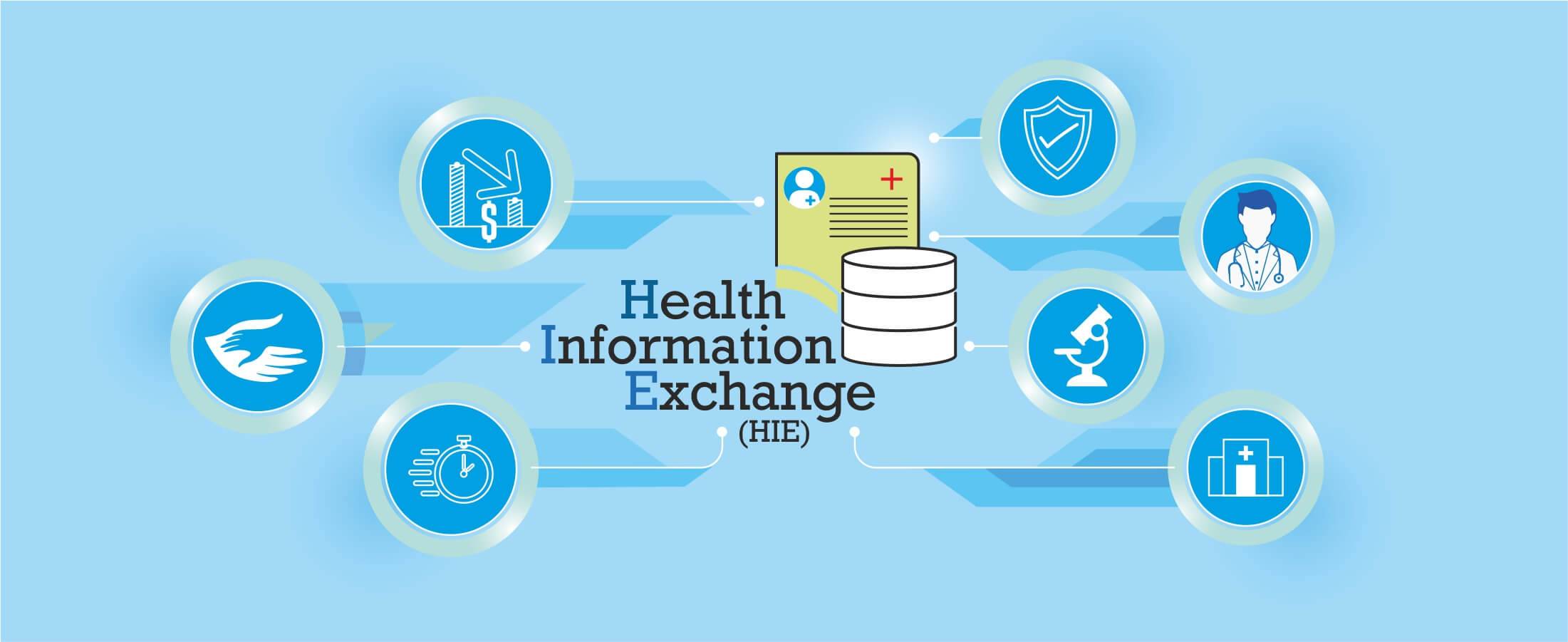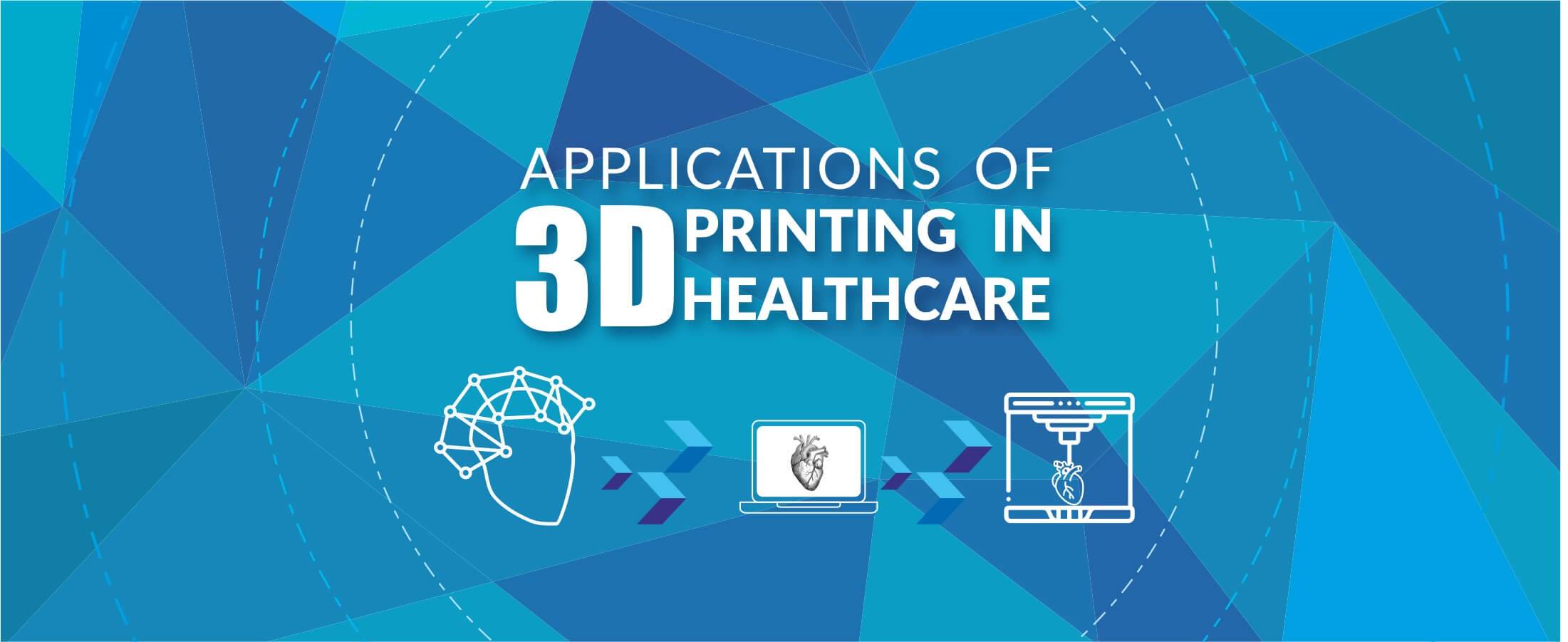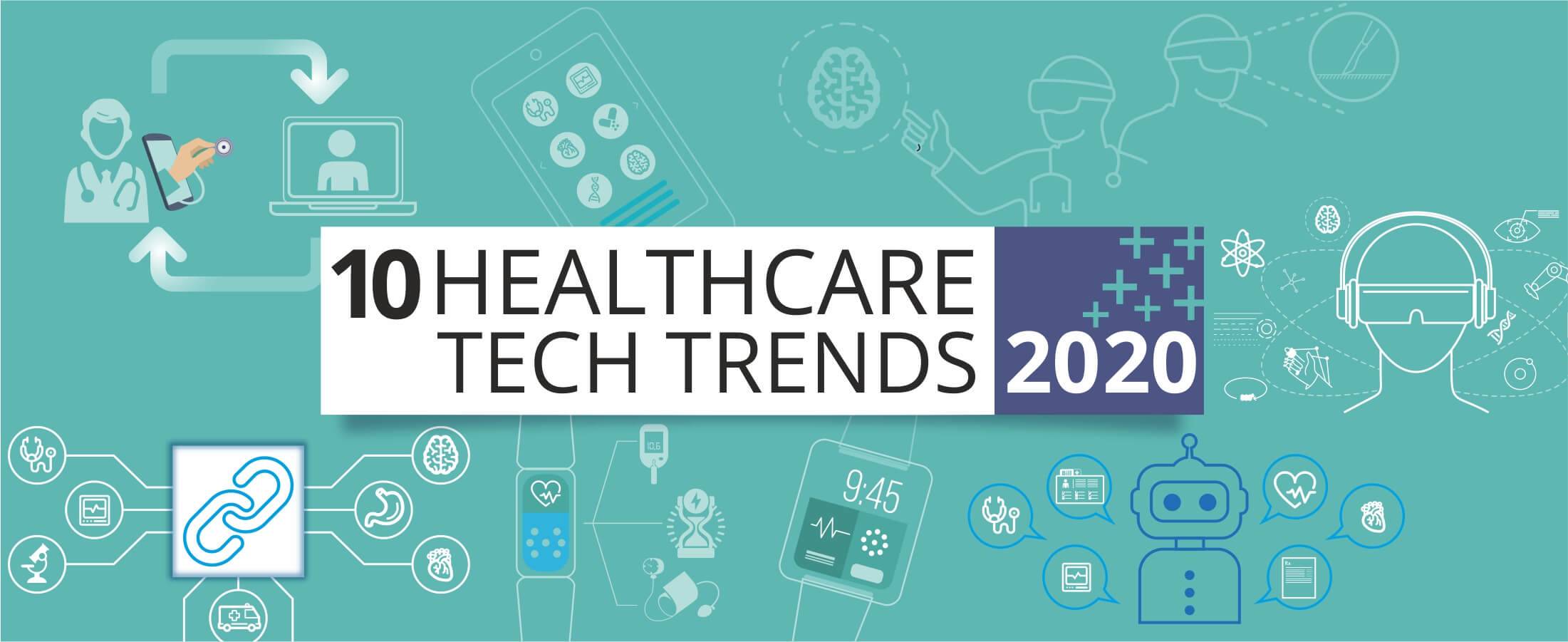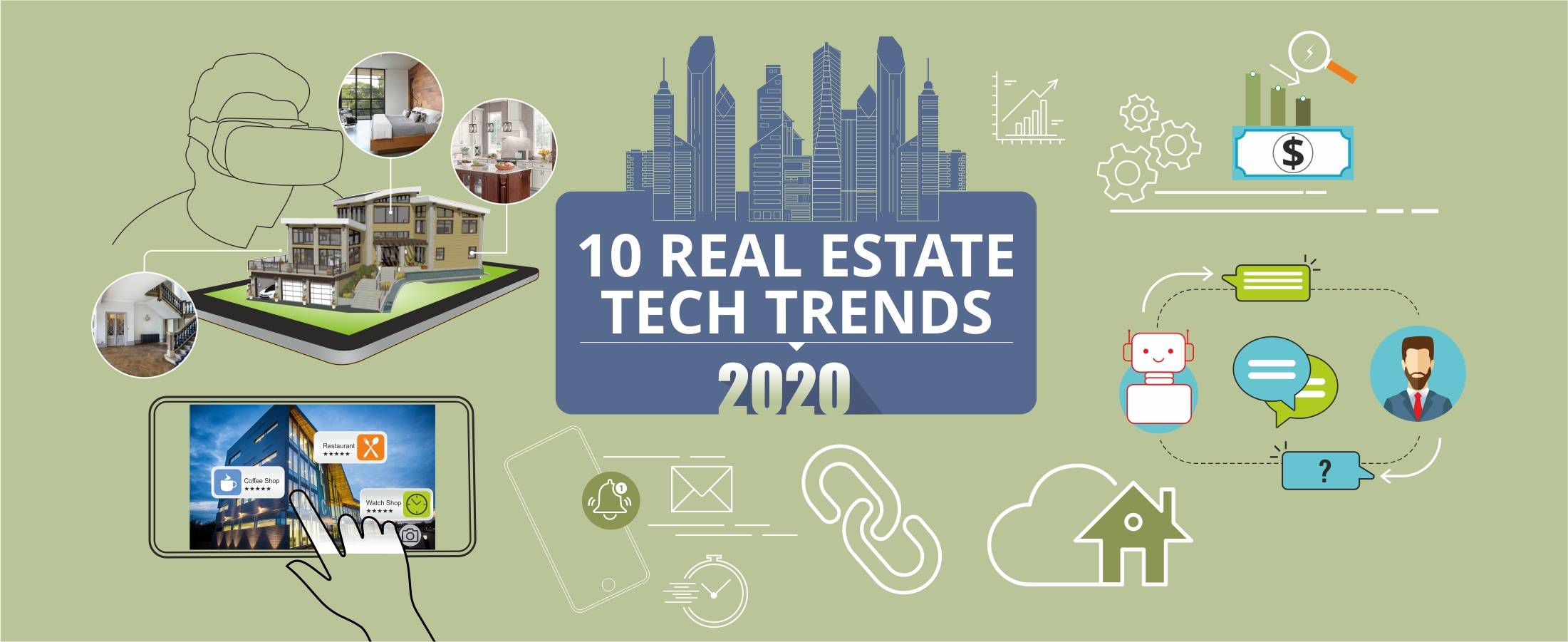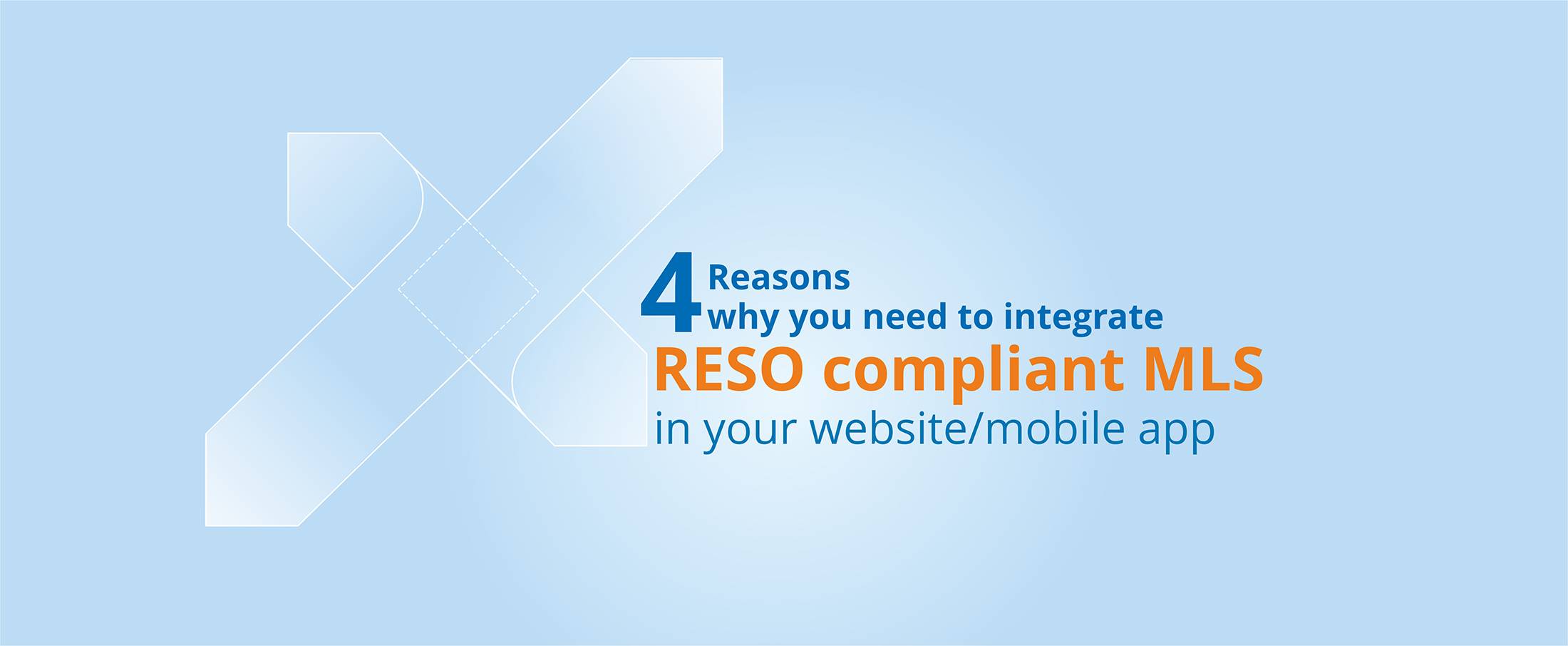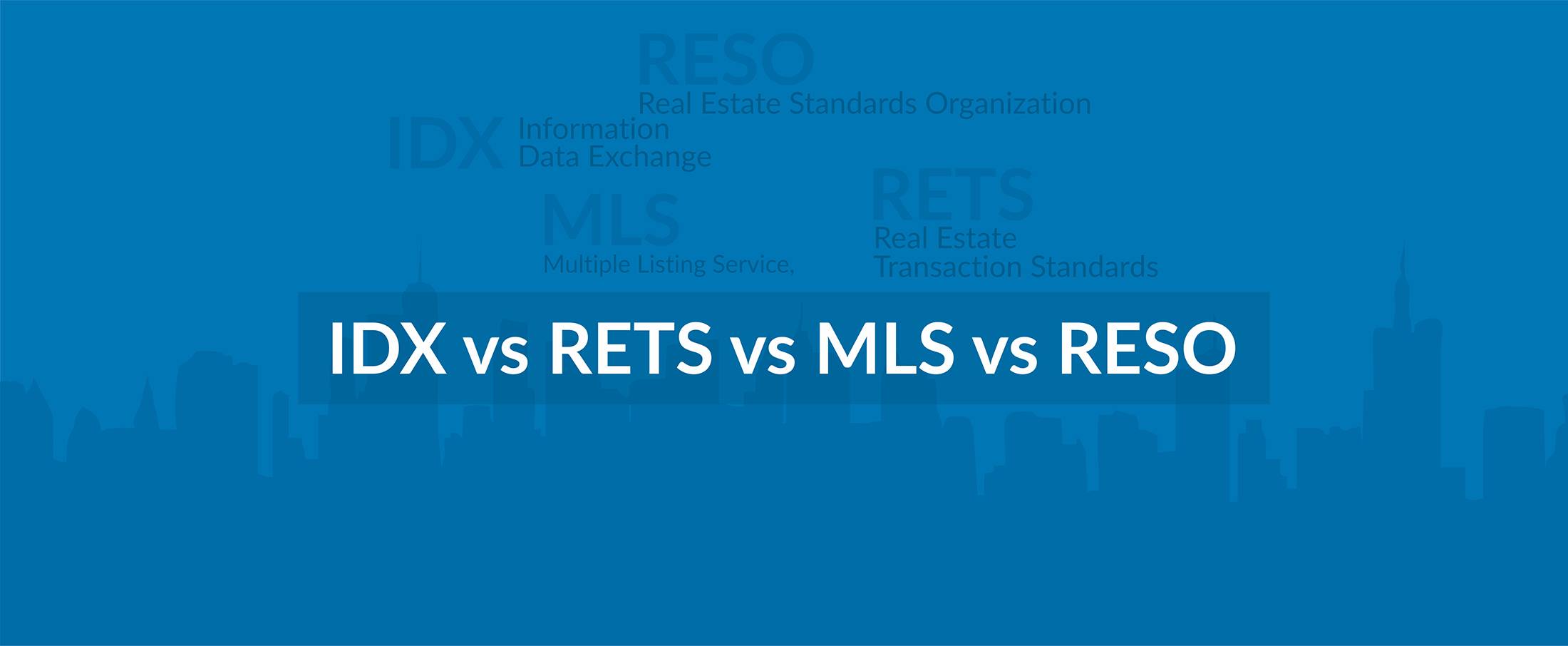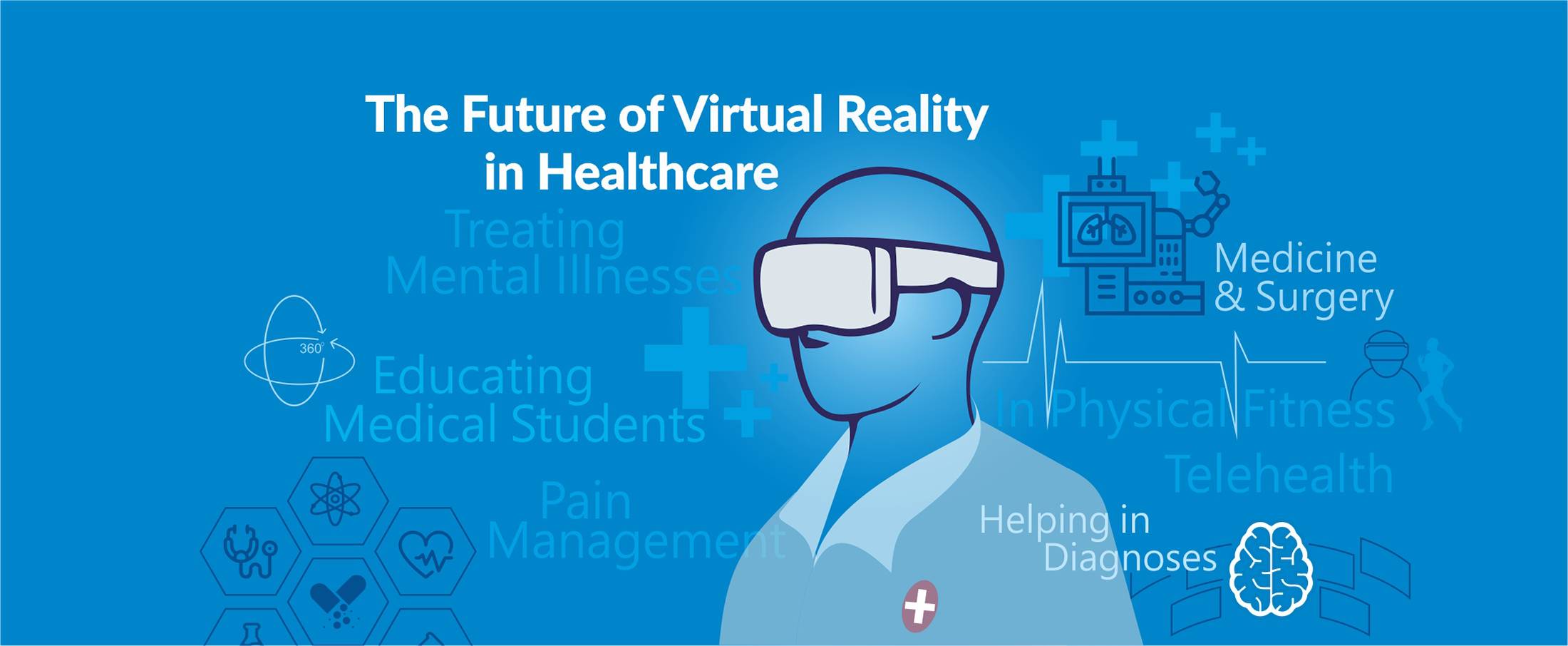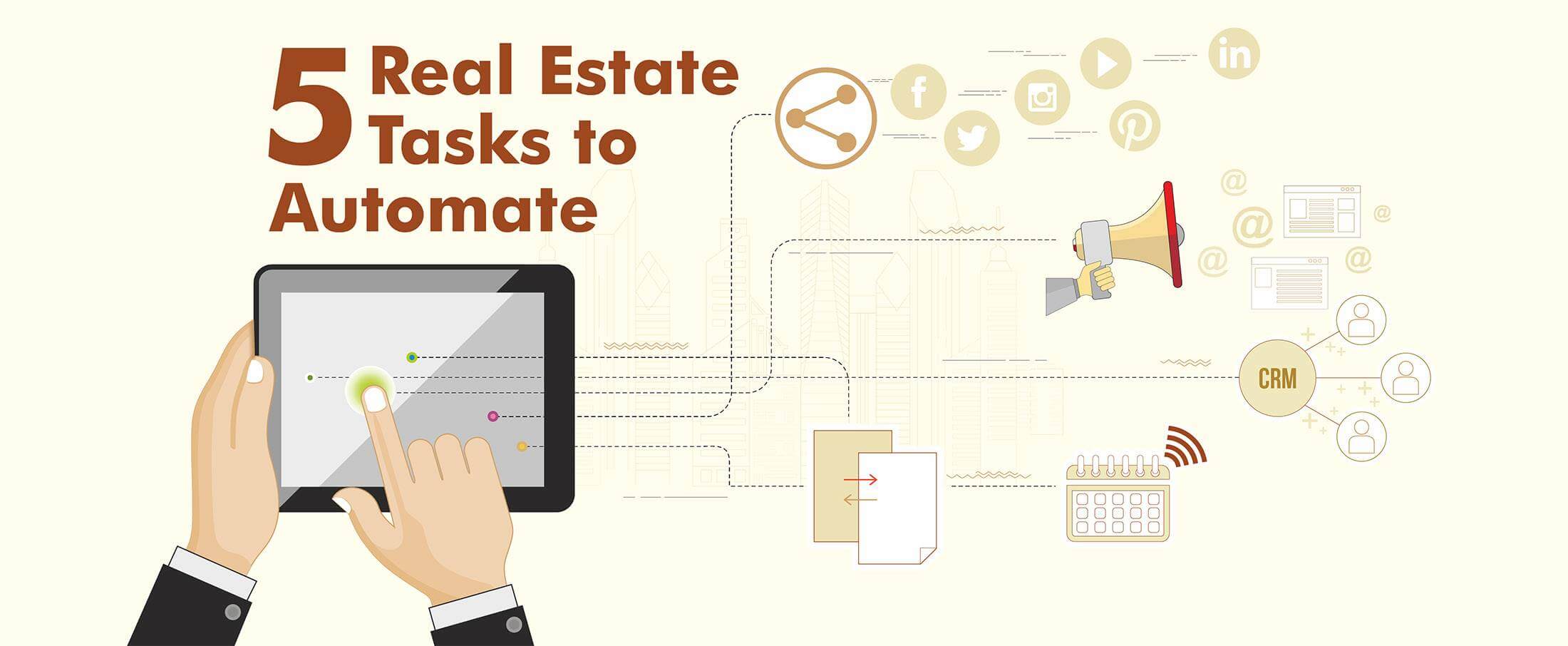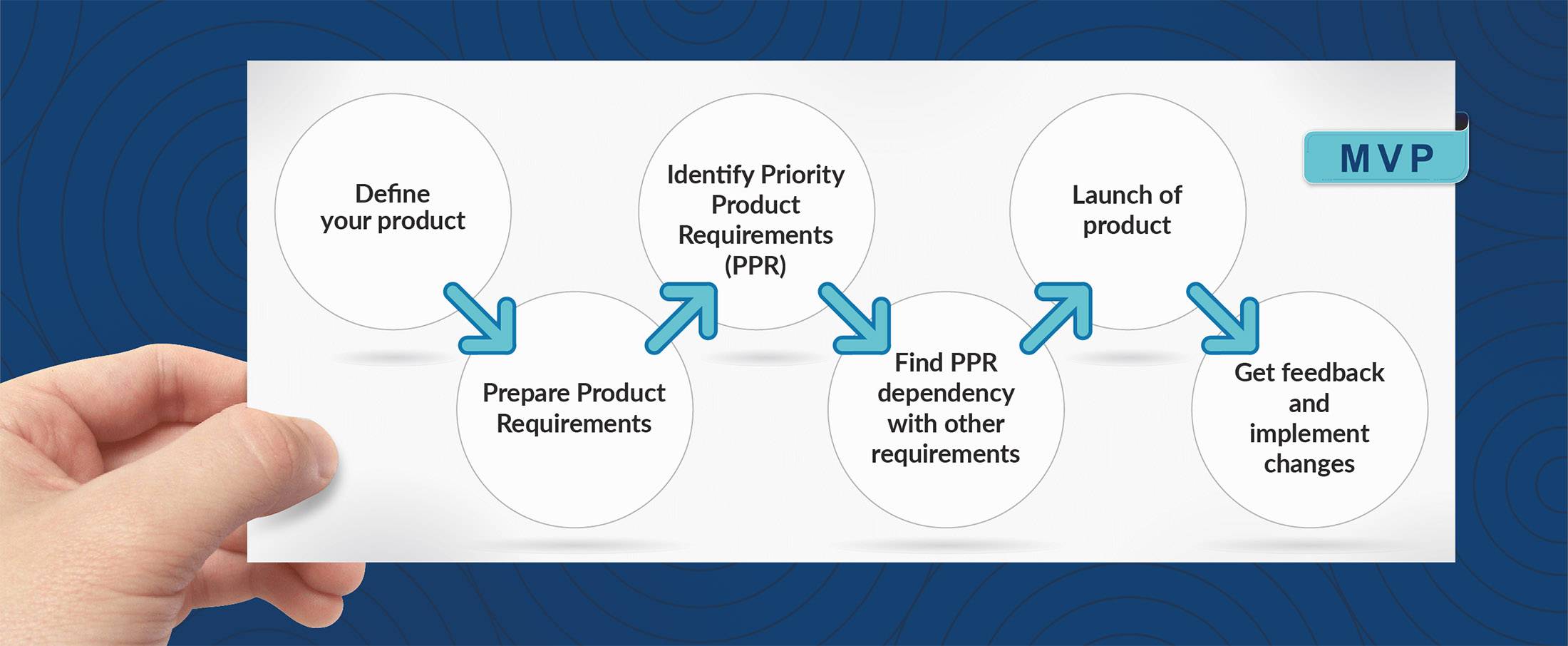6 Reasons Why Telemedicine Hasn’t Taken Off
6 Reasons Why Telemedicine Hasn't Taken Off
Despite the growing buzz around telehealth technology and services, this area of healthcare tech has remained rather under-explored. Telemedicine covers a spectrum of services and has a wide purview; it includes everything from looking up symptoms online to scheduling appointments using a mobile app and chatting or video conferencing with a doctor for treatment fall under telemedicine.
Growing costs of medical treatment today spurred the invention of telehealth. The implications were great and the possibilities, endless. It had the potential to reduce costs, enable efficient services for home-bound patients, and even reduce response time to urgent cases. However, ambitious as is seemed, telemedicine has failed to take off as expected. The reasons for this are several; this article aims to address a few primary ones.
Limitations/Challenges of Telemedicine
Reimbursement Uniformity

There is uncertainty surrounding payment parity between telemedicine and in-person health services. Reimbursement and coverage regulations are already in place for in-person physician services, though there is still some ambiguity when it comes to telemedicine. Although 28 States in the USA have passed payment parity laws, enforcement is still a problem. This leads to a reluctance among healthcare professionals to sign up for telemedicine services, which ultimately defeats the purpose of reducing healthcare costs for people.
Liability of Misdiagnosis
A physician has to take responsibility for misdiagnosing a patient in the event of any harm befalling the patient owing to this lapse in judgement. Liability laws for misdiagnoses are set in state legislatures to protect both doctors and patients, but primarily for in-person care. Those regarding telemedicine are still ambiguous; additionally, the risk of a misdiagnosis is greater when treating a patient remotely. This is another deterring factor, which prevents physicians from using telehealth technology to treat patients.
Expensive Training and Role Restructuring

Training is crucial to a well-maintained and structured telemedicine program. It also requires installation of new IT systems and infrastructure, along with restructuring roles of IT staff and training physicians and nurses in the proper use of these systems. This could also involve a change in the number of roles within your healthcare unit. Additionally, there is also the expenditure involved. All this can put an organization off adopting telemedicine; it is an expensive and time-consuming process that involves a lot of changes.
Disparity in Care Continuity and Quality
One type of telemedicine is the ‘on-demand’ type, which connects a patient to different healthcare service provider at least most of the time. This prevents the patient from consulting only their primary healthcare physician. This affects care continuity and quality. A physician may not be able to access the patient’s records from other healthcare providers, which hampers the quality of care provided and poses a risk of misdiagnoses.

Limitations of Technology

One of the biggest perceived drawback of telemedicine among physicians is the limitations that technology brings with it. For example, if a patient or physician loses internet connection during a session, it could be ‘patient mismanagement’. Likewise, technology becomes redundant quickly and newer inventions don’t come cheap. Healthcare organizations or physicians could be looking at a continuous and long-term investment in telemedicine technology.
Licensure
Telemedicine has the potential to connect physicians and patients across the globe. However, this poses the question of licensure. Doctors and physicians are always permitted to practice only in certain regions, States or geographical areas. Hence, they cannot breach their license and treat a patient outside their jurisdiction. Some healthcare organizations issue licenses allowing physicians to practice in multiple areas, hence enabling patients to connect via technology. However, this is a tedious process and a hospital or physician will need to put in restrictions and protocols for treating patients depending on the geographical area.

Conclusion
Although telemedicine has its set of drawbacks, it has caught up greatly in the healthcare industry. For example, it has managed to reduce ER waiting times and made it possible to treat patients that are unable to leave the house or can be treated remotely. Although it has immense potential, uniformity needs to be brought into processes and protocols. This will enable telemedicine technology to be adopted on a larger scale.
- EHR
- EMR
- Healthcare
- Telehealth
- Telemedicine
Mobifilia
4 April 2019









